If you’re a beekeeper, you’ve probably been spending the season checking on your bees, swapping frames around, and watching your frame’s cells fill and cap with sweet rewards. September is National Honey Month and that signifies that it is time to harvest honey from your backyard bees. The right time to harvest is highly dependent on your region, time of year, and your bees. Here are signs that tell you that your honey is ready for harvesting.
1. Honey (Nectar) Flows
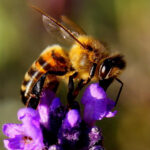 It is important to understand your region and when you can expect honey flows, otherwise known as nectar flows. A honey flow is a period of time that can range from a few to several weeks, when an abundance of nectar producing plants are in bloom. These are the times when your bees can produce lots of honey. If you can be patient, it is best to harvest your honey at the conclusion of the final major honey flow. This will ensure maximum honey while ensuring you are harvesting before it begins to be too cold outside to collect.
It is important to understand your region and when you can expect honey flows, otherwise known as nectar flows. A honey flow is a period of time that can range from a few to several weeks, when an abundance of nectar producing plants are in bloom. These are the times when your bees can produce lots of honey. If you can be patient, it is best to harvest your honey at the conclusion of the final major honey flow. This will ensure maximum honey while ensuring you are harvesting before it begins to be too cold outside to collect.
2. Harvesting Window
Many beekeepers find that the best months to harvest honey is anywhere from July to mid-September. If you are wanting to maximize the honey you are collecting, be patient until the last honey flow which typically occurs in September. Don’t wait too long otherwise the colder temperature will prevent you from being able to harvest. When winter approaches, your bees will begin to consume the honey that they made during the summer months.
3. Capped Cells
When the frame contains at least 80% sealed and capped honey, you are safe to begin to harvest honey for the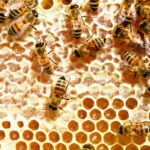 season. You may choose to wait longer to try and maximize your amount of honey, but there are a few conditions you should be looking for when waiting. You can either wait until the caps are full of honey or until the final major nectar flow passes.
season. You may choose to wait longer to try and maximize your amount of honey, but there are a few conditions you should be looking for when waiting. You can either wait until the caps are full of honey or until the final major nectar flow passes.
One thing to know is that the honey in open cells can be extracted if it is cured. To know if it is cured or not, turn your frame upside down and give a gentle shake. If it leaks from the cells, it means it is still nectar that has not been cured and should not be extracted.
4. Honey for Winter
One of the first things beekeepers learn when starting this hobby is that they probably won’t get honey their first year. This is because bees need their first-year supply to survive through the winter. You should have at least the following amount of honey in each hive to make sure your bees have enough food for winter.
- Northern climates: 80-90 lbs.
- Central climates: 50 lbs.
- Southern climates: 30 lbs.
Please note that these are rough estimates. The amount of food your bees will need depends on their strain, local climate, and current health. Consult local beekeepers to determine a more accurate estimate. A fully filled deep frame holds around five to eight pounds of honey, and a fully-filled medium frame holds around three to five pounds. Make sure to only harvest the amount of honey that your bees can survive without.
Knowing when to harvest those sweet rewards requires attention, time, and patience. Watching for these signs can ensure a great harvest and your bees’ safety for the winter. Happy honey harvesting!
For more information, download our Free Little Giant® Guide to Beekeeping & Honey
Show us how your honey harvest goes by tagging us on Twitter @MillerMfg


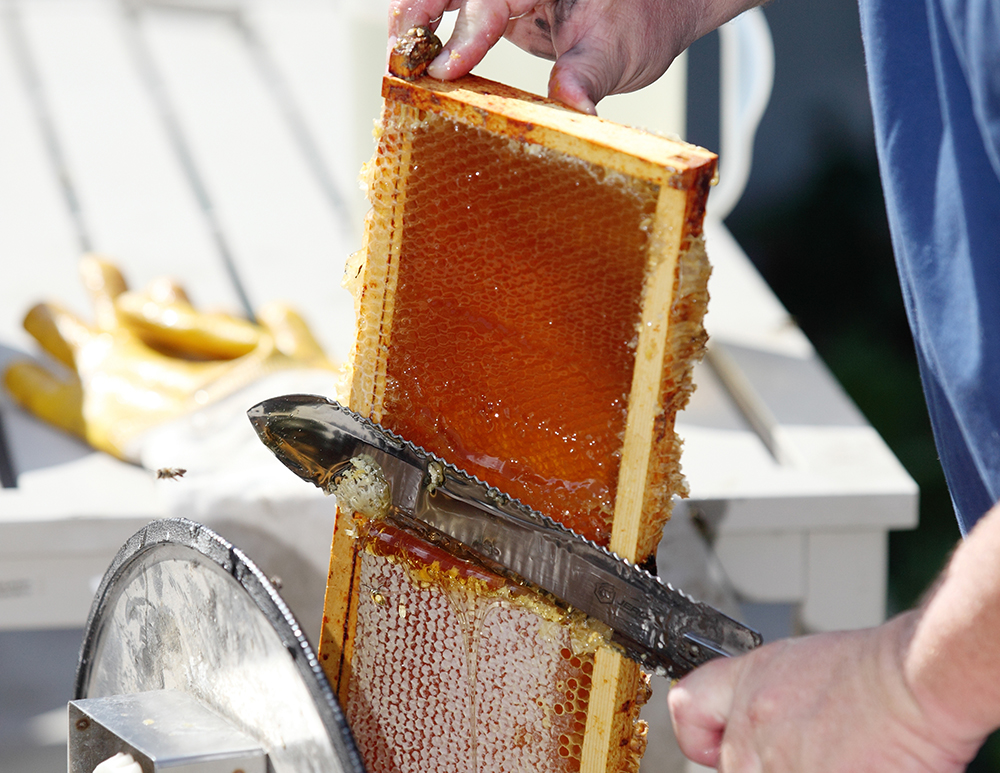
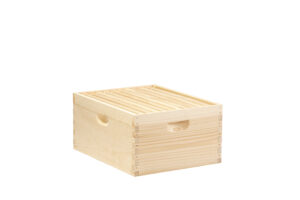
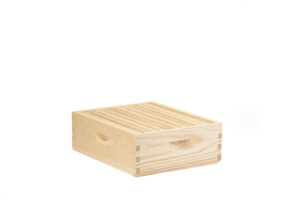
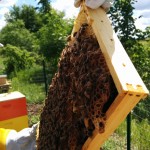

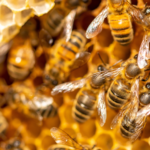
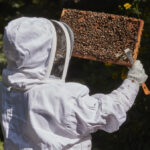
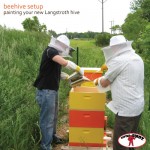
Interested in learning the professional way to keep bees.
Hi Carl, we have a variety of blog posts on beekeeping. Please check out Bee Blog Resources for more information on how to get started!